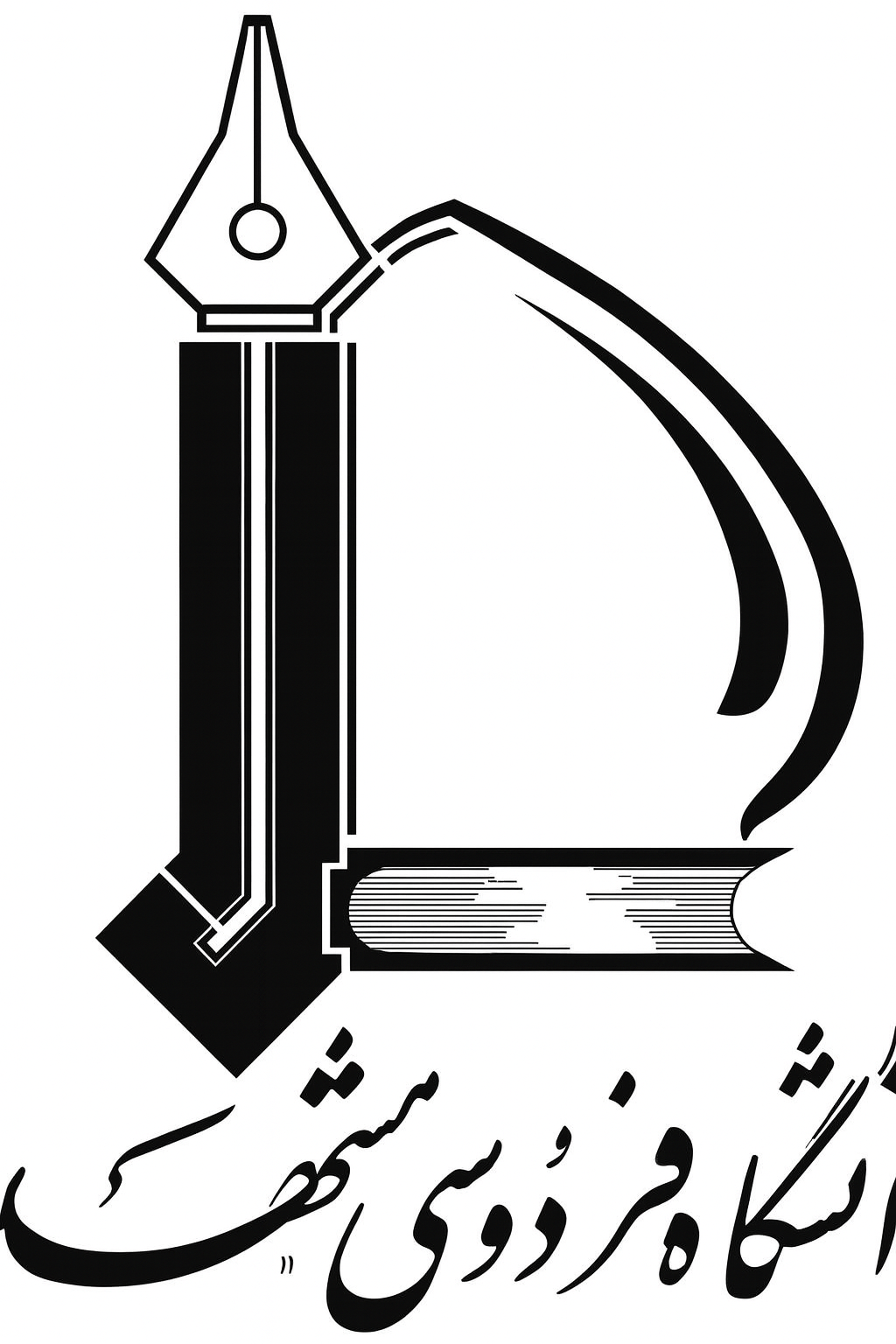Title : ( New data on four plant parasitic and plant associated nematodes in Southern Khorasan province, eastern Iran )
Authors: Mehdi Behdani , Esmat Mahdikhani Moghadam , M.Pedram ,Access to full-text not allowed by authors
Abstract
Four species of plant parasitic and plant-associated nematodes were recovered from soil samples collected from Southern Khorasan province, eastern Iran. These species were characterised using both morphological and molecular approaches. The first species, Xiphinema persicum, has a wide distribution in Southern Khorasan province, and was recovered from different localities in association with barberry plants showing growth reduction, discoloration and general weakness syndrome with a relatively high population density. Newly recovered populations of this species were characterised by female body length 2036.0-3074.5 μm long having offset lip region, odontostyle 80.0-95.8 μm long, odontophore 38.5-49.5 μm long, and conical tail with a wide, less differentiated bulge at tip. The present results showed this species could be regarded as a potential pest in eastern Iran. The second species belonged to X. babaii, and had female body length of 2032-2224 μm, having offset lip region, odontostyle 83-88 μm long, odontophore 45-50 μm long, and conical tail 23.5-32.0 μm long. Its occurrence in eastern Iran is a new record, extending its geographical distribution area outside western Iran. The recovered population of this species was in morphological and morphometric agreement with the type population. The third species, Aphelenchoides smolae, was recovered from two localities and its importance as a potential threat to saffron production was discussed. The Iranian populations of this species were characterised by female body 503-895 μm long, stylet 11.0-13.8 μm long with small basal swellings, postvulval uterine sac relatively long, tail conical with a mucro having warty surface and spicules 22.5-28.7 μm long in median line, and had no remarkable differences compared to the type population. It was associated with saffron corms and is reported from Iran for the first time. The last species belongs to Ditylenchus persicus. The Southern Khorasan population of this species was characterised by its female body 622-770 μm long having continuous lip region, thin stylet 7.0-8.5 μm long, median bulb present, terminal bulb pyriform having short overlap with intestine, postvulval uterine sac 24-30 μm long and conical tail with rounded or dull end. It is in morphological and morphometric agreement with the type population and has recovered from the rhizosphere of saffron. The observed difference in the status of pharyngeal bulb of this population in comparison with the type population is discussed. The phylogenetic analyses of the recovered species were performed using D2-D3 sequences of 28S rDNA and the resulted topologies were discussed.
Keywords
, Aphelenchoides smolae, D2-D3, Ditylenchus persicus, new record, taxonomy, Xiphinema persicum, X. babaii@article{paperid:1099153,
author = {Behdani, Mehdi and Mahdikhani Moghadam, Esmat and مجید پدرام},
title = {New data on four plant parasitic and plant associated nematodes in Southern Khorasan province, eastern Iran},
journal = {Russian Journal of Nematology},
year = {2024},
volume = {32},
number = {1},
month = {May},
issn = {0869-6918},
pages = {49--65},
numpages = {16},
keywords = {Aphelenchoides smolae; D2-D3; Ditylenchus persicus; new record; taxonomy; Xiphinema persicum; X. babaii},
}
%0 Journal Article
%T New data on four plant parasitic and plant associated nematodes in Southern Khorasan province, eastern Iran
%A Behdani, Mehdi
%A Mahdikhani Moghadam, Esmat
%A مجید پدرام
%J Russian Journal of Nematology
%@ 0869-6918
%D 2024

 دانلود فایل برای اعضای دانشگاه
دانلود فایل برای اعضای دانشگاه
